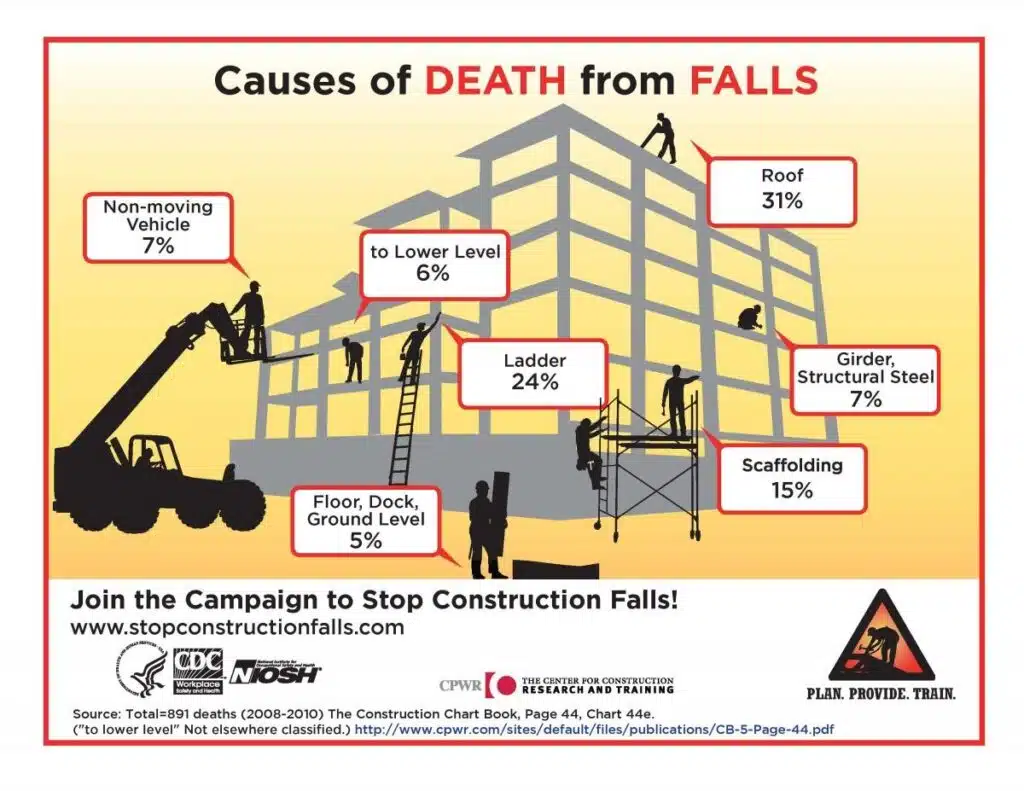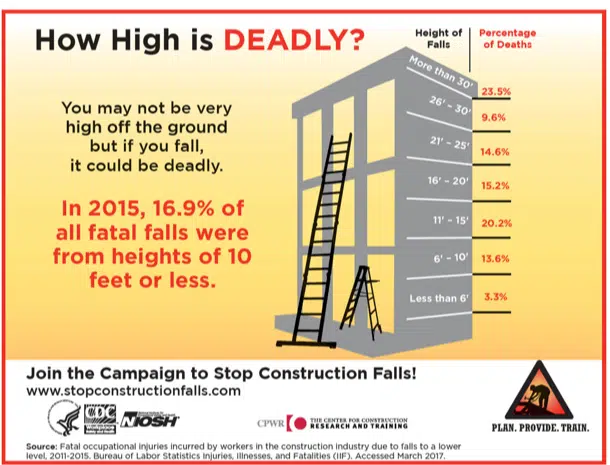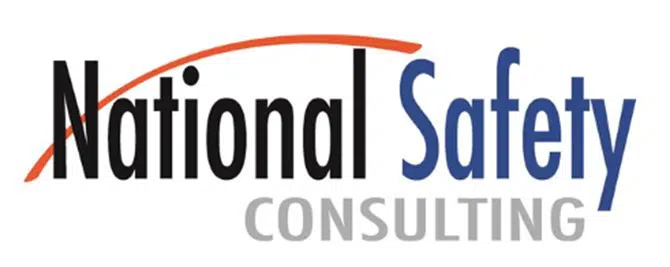There is a saying in the safety world: “It’s not the fall that kills you; it’s the sudden stop at the end of it.” The fall’s impact on the body and the worker’s collision with the point of impact are usually what causes a fall to become fatal.
Falls cause more deaths in construction than any other hazard, accounting for 351 of the 1,008 construction fatalities recorded in 2020 (BLS data). Workers performing tasks 6 feet or more above lower levels are at risk of fatal falls or serious injuries.

Some of the variables that affect the outcome and severity of a fall include the following:
- Surface – Falls that culminate on tilled soil and snow have a lower fatality rate than falls culminating against concrete. Landing on rebar from 6 feet could also be more dangerous than falling 20 feet onto a flat surface.
- Age – Workers aged 65 or older are more likely to suffer serious injuries or be fatally injured as a result of a fall. Individuals under 15 years of age are the second-most vulnerable group, followed by those aged 15 to 24.
- Gender – There is some evidence suggesting that men are more likely to die in a fall than women. However, this might be because men are disproportionately represented in high-risk jobs.
- Luck – While unquantifiable, there are individuals who beat the odds. There are reports of people falling from extreme heights (well over 100 feet in some cases) and surviving.

Inspect Equipment and Revisit Job Hazard Analyses
- Use this week as an opportunity to inspect all equipment, tag and remove any equipment that is damaged or broken, and review and reinforce your company’s expectations for daily pre-shift safety checks.
- Make sure workers know your company’s procedures for inspecting, tagging, and removing equipment and confirm that managers are providing sufficient time for workers to perform these daily duties.
- Revisit your Job Hazard Analyses (JHAs) and other safety check procedures at your worksite. Ensure a competent person has identified hazards and their solutions.
Discuss findings with workers to ensure the best solutions are being used to prevent falls.
